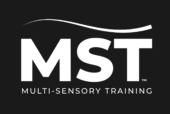Research & Statistics
MST Average Symptom Improvement (follow up evaluation 38 days after initiation of the program)
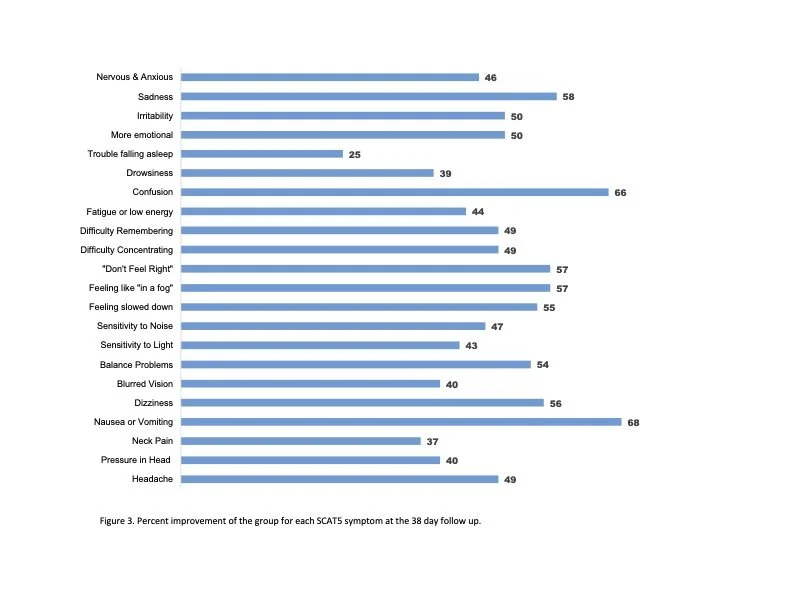
96 % of post concussion syndrome patients report improvements within 38 days.

Majority of patients report over 50% improvement in symptoms within 38 days
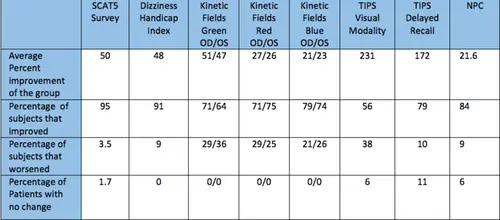
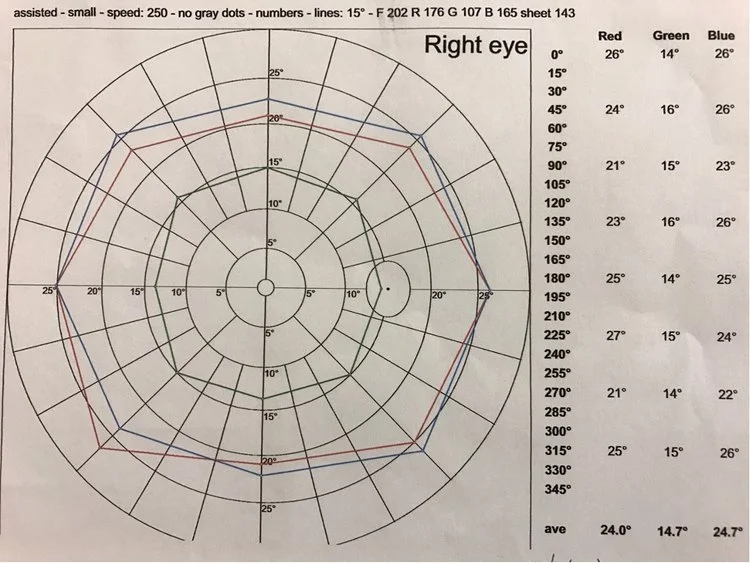
Example of how MST can open up functional color fields in just 12 days. Gains are fast and global when functional field improvement is combined with simultaneous inputs to vestibular, auditory, proprioception, and oculomotor therapy.
Research
Research from Western University Health Sciences
Peer reviewed research articles
“Neuro-Optometric Rehabilitation Using a Multisensory-Based Bottom-Up to Top-Down Paradigm for Post-Concussion Syndrome – A Retrospective Case Series Study”
Journal of Vision Development and Rehabilitation, Vol 5, Issue 4, December 2019.
“Neuro-Optometric Rehabilitation Accelerates Post-Concussion Syndrome Recovery in a Professional Athlete – A Case Report Presenting a New Paradigm”.
Journal of Vision Development and Rehabilitation, Vol 3, Issue 3, September 2017.
“Association of Functional Color Field Changes with Imbalance, Spatial Misjudgment, and Nausea in the Treatment of Post-Concussion Syndrome Patients”
Journal of Optometric Phototherapy, April 2018
“Optometric Phototherapy-Based Multi-Sensory Training Facilitates Reduction of Symptoms in Post-Concussion Syndrome”
Journal of Optometric Phototherapy, April 2016.
Recent articles
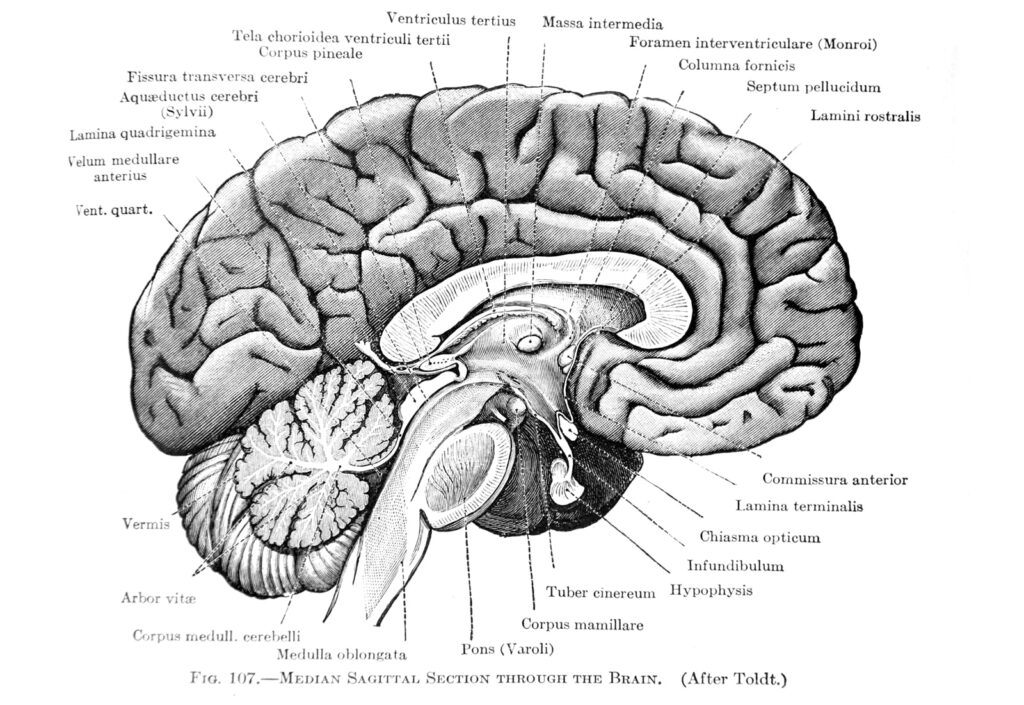
Subcortical vs. Cortical Processing: Why It Matters in Rehabilitation
MST activates subcortical systems first, ensuring stable sensory input before adding cognitive tasks like speech or memory training.
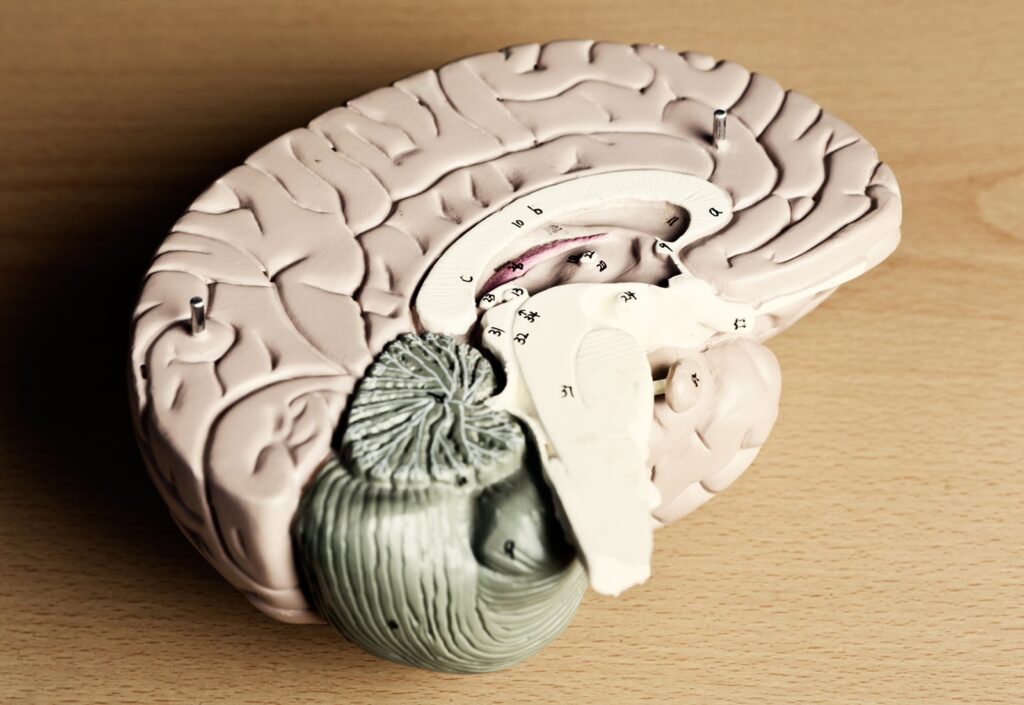
The Role of the Brainstem in Multisensory Integration
MST starts in the brainstem to recalibrate sensory input, enabling balance, coordination, and readiness for higher cognitive function.

How Multisensory Processing Impacts Child Development
MST helps children achieve sensory fluency, enabling learning and behavior by correcting fragmented multisensory integration.
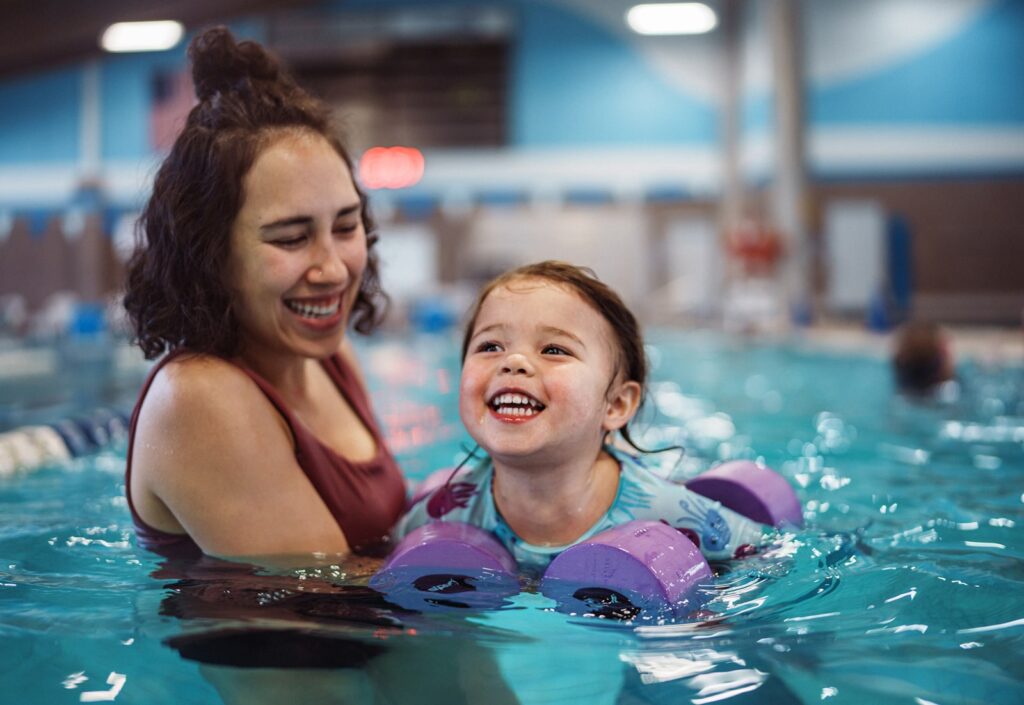
The Science Behind Multisensory Processing and Learning
MST restores automatic sensory pathways to reduce effortful learning and reestablish foundational brain function after injury or delay.

What Is Multisensory Integration?
MST retrains the brain’s sensory systems by restoring subcortical integration of light, sound, and motion for automatic perception.
